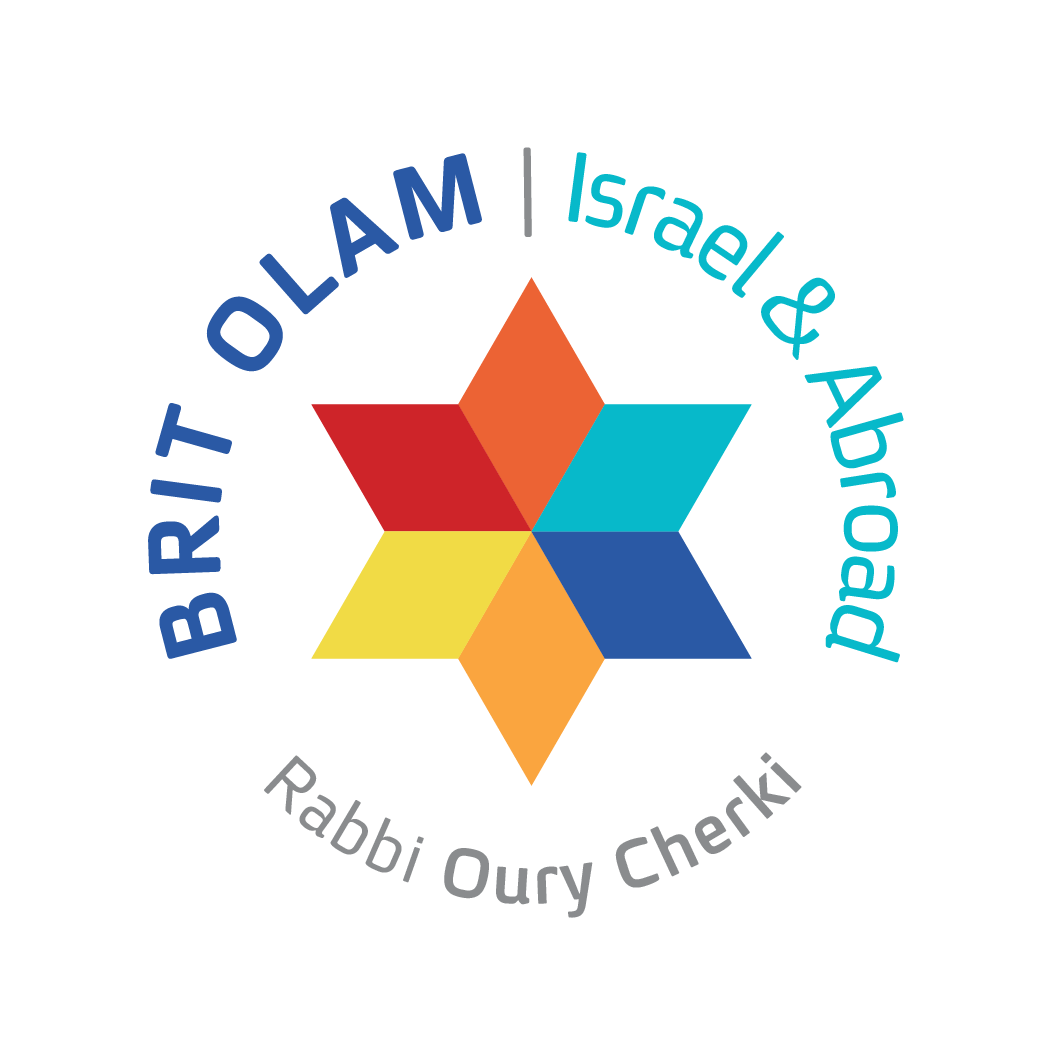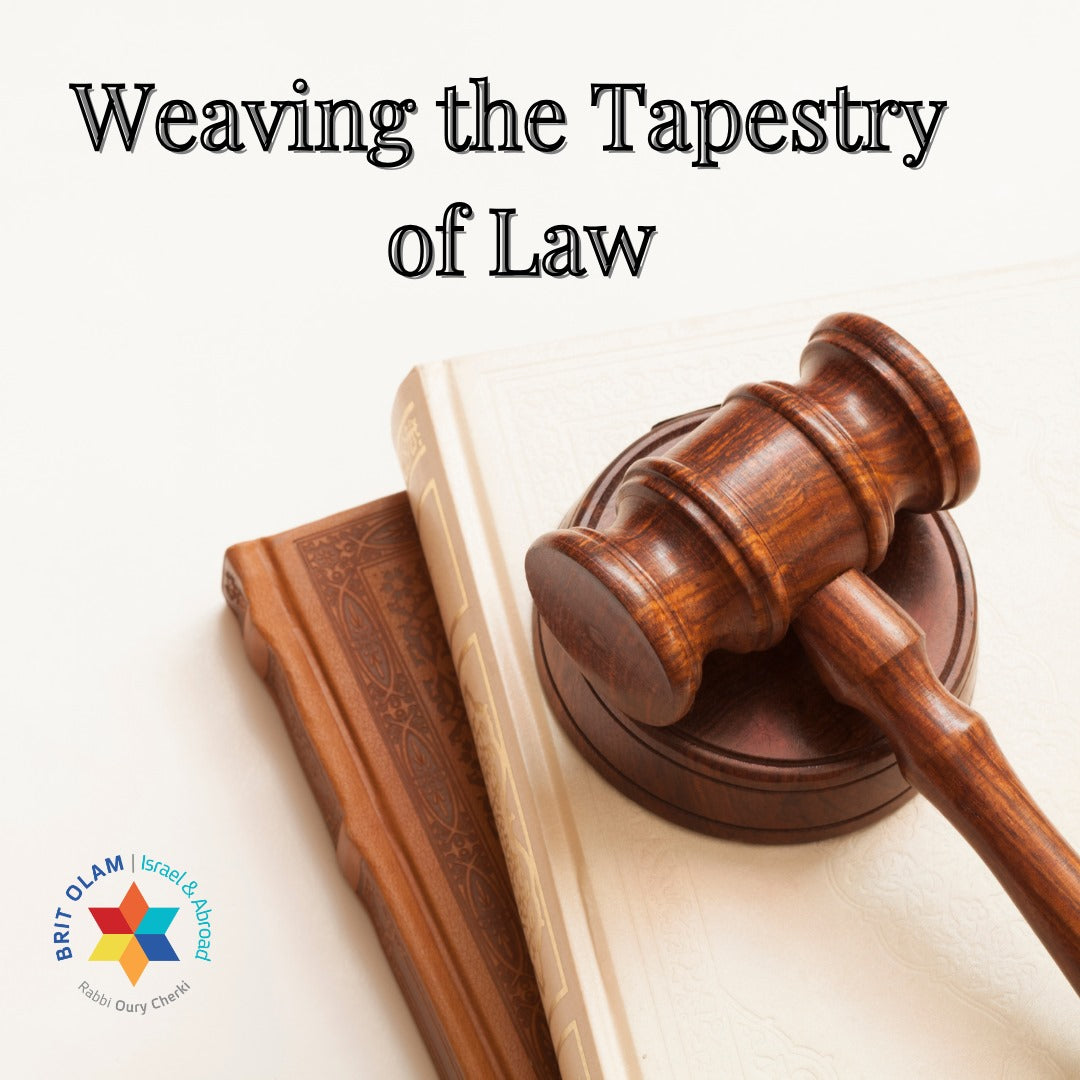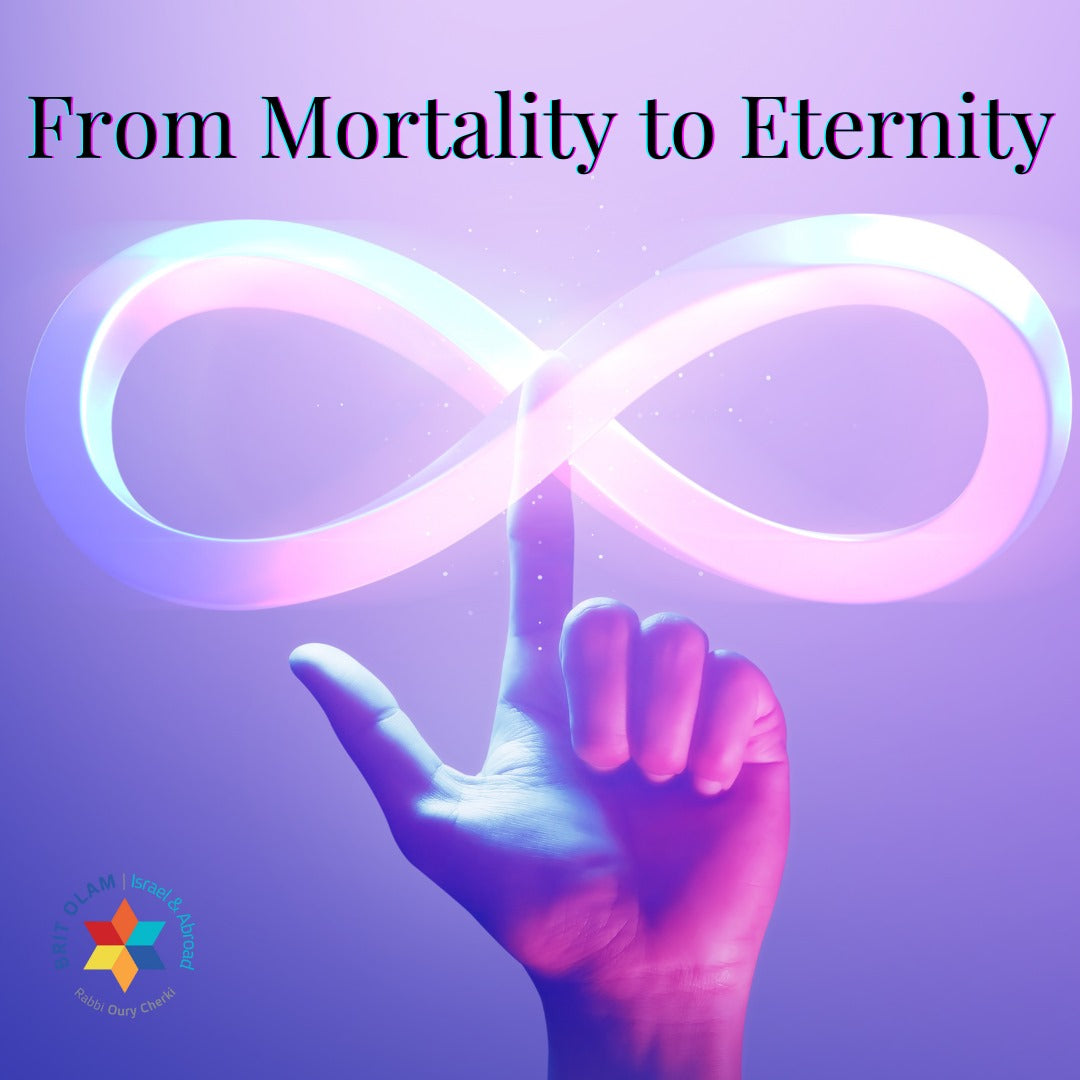Passover rejects Idolatry
Pesah Sheni (the second Passover) mentioned in Parshat B’haalotkha raises many questions. In the second year after the Exodus from Egypt, after the Tabernacle had already been erected, the Israelites received a particular commandment to observe the Pesah sacrifice. This means not settling for the Pesah sacrifice performed in Egypt on the eve of the Exodus but adding another Pesah sacrifice. The question arises — why?
The necessity of this unique commandment becomes apparent when we consider the historical context. Pesah, as it appears in the Bible, often follows instances of the people's failure in idol worship. For instance, in Parshat Bo, during the first Pesah, the command was, "Draw forth or buy for yourselves sheep for your families and slaughter the Pesah sacrifice." The sages interpreted "Draw forth" as a call to withdraw from idol worship. This pattern underscores the significance of the second Pesah in Parshat B’haalotkha.
Our parsha, Parshat Bha'alotkha, finds the people in the aftermath of the Golden Calf incident – an act of idol worship. It was imperative for the people to cleanse themselves from this transgression. Hence, the Pesah mentioned in our parsha was performed, serving as a powerful tool of purification and spiritual renewal.
The hidden agenda of Pesah
In our parsha, we see the confusing mention of several people who the text tells us were impure because they had come into contact with a dead body (this is referred to as "impure to a soul"). We know that a person who has touched a human corpse cannot participate in the offering of the Pesah sacrifice. Therefore, this group of impure individuals comes to Moses and requests that they be given an opportunity to perform the Pesah after they have purified themselves. We might think that Moses should have answered them by saying “those who are exempt are exempt!” In other words: why should you be concerned that you cannot offer the Pesah sacrifice? You are exempt! But Moses understood the desire of the impure group to offer the second Pesah sacrifice because the Pesah sacrifice is considered as if one is leaving Egypt again, and leaving Egypt means joining the national destiny (we should therefore understand the desire of the impure to be about joining Israel’s national destiny through the act of the Pesah sacrifice).
The election of the people of Israel is the basis for giving the Torah.
After the second Pesah comes the festival of Shavuot, during which the Torah is received once again. It turns out that someone who was impure and did not perform the first Pesah arrives at Shavuot in a very problematic theological state. They receive the Torah without national liberation, making the event purely religious without being national. Such a stance is the position of Christianity. Christianity accepted the truth of the Bible as a founding identity book. But it did not accept joining the people of Israel.
The group of individuals demanding a second Pesah, despite their impurity, played a crucial role in our narrative. They were righteous and eager to leave Egypt (second Pesah) before receiving the Torah (Shavuot). Recognizing their earnestness, the Holy One, blessed be He, commanded Moses to instruct them to perform the second Pesah in the month of Iyar before Shavuot arrived. This act was not just a formality but a significant opportunity for them to cleanse themselves and join the people of Israel, underscoring the importance of personal commitment and spiritual growth.
Man in his actions can be a partner with the Creator
We now understand that the month of Iyar holds tremendous potential. While the month of Nisan signifies redemption from above to below — the miracles that the Holy One, blessed be He, performed for Israel as He redeemed us from Egypt — the month of Iyar represents an awakening of redemption from below to above through the initiative of the Israelites (an awakening from the people of Israel) who renew the holiday of the second Pesah.
Therefore, it is not by chance that in our modern era, during the days of Israel's redemption, the significant dates of liberation – Independence Day and Jerusalem Day – align precisely with the second month (Iyar). This underscores the ongoing redemption that is catalyzed by the awakening of the people of Israel, through the IDF, and through the ingathering of our people home to the land of Israel.
This is essentially the second redemption, a concept known as 'Itaruta De-Letata', which is the awakening from the people of Israel. This underscores the profound importance of our correct actions in order to be partners with the Creator in bringing the world to a better place.



